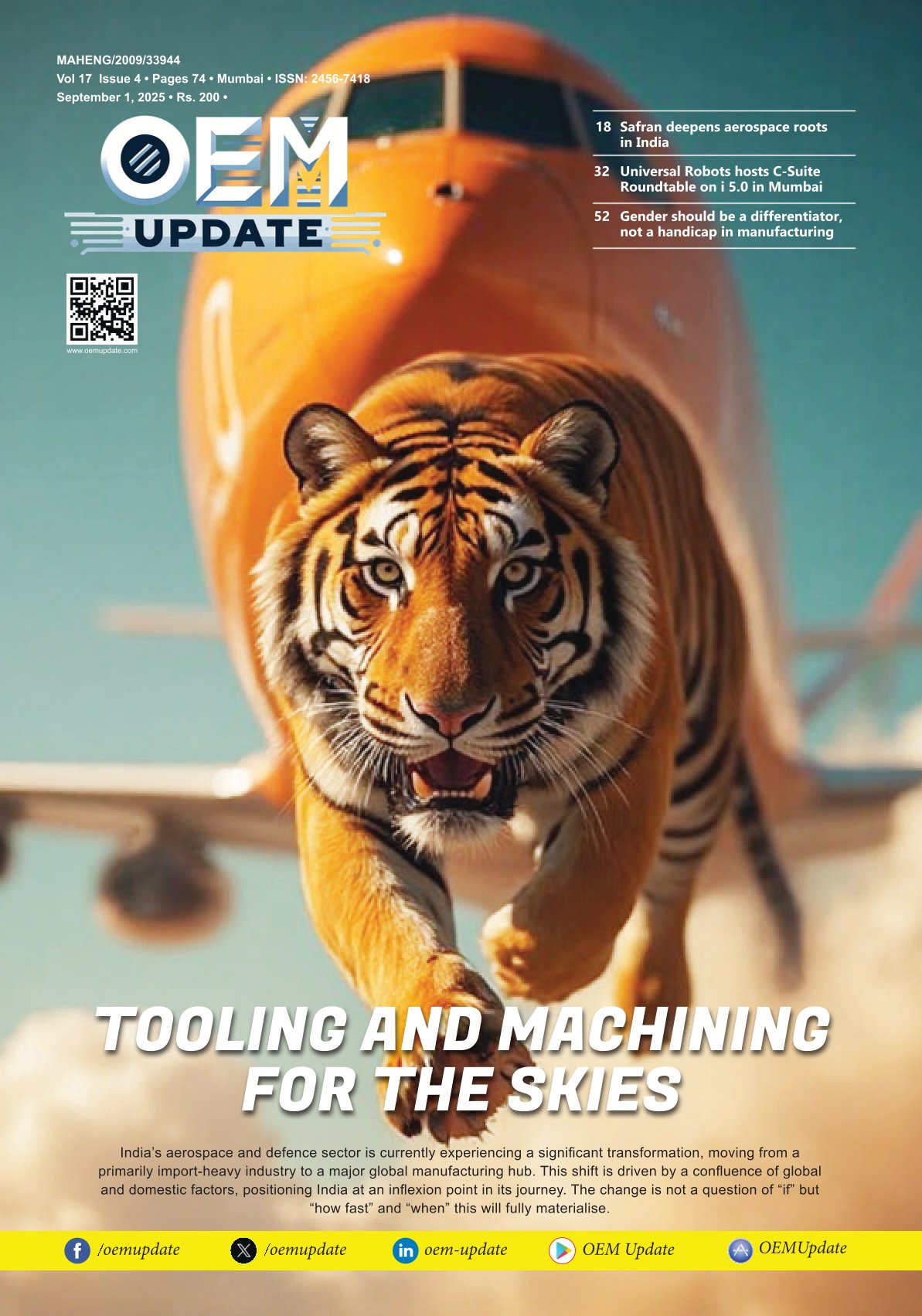EMiLE project: electric drives reinvented
By admin August 17, 2013 6:41 am IST
• ZF heads government-sponsored research project • Power electronics to be integrated directly into the electric drive • Better systems performance with lower costs
Market opportunities for electric vehicles will be enhanced if they become more powerful, more reliable and less expensive. EMiLE, a research project headed by ZF and supported with around €10 million by the German Federal Ministry of Education and Research (BMBF), is examining how this could work. The aim is to integrate an electric vehicle’s power electronics directly into the driving machine. Efficiency and power-to-weight ratio increase as a consequence, faults are easier to identify, and volume production can be realised at significantly lower cost.
Currently, the power electronics for the electric driveline in electric vehicles is located in a separate housing which is connected to the electric driving machine by cable. This solution requires space for the electronics. In addition, the cables add to costs, increase weight and raise susceptibility to faults. Initial solutions where the electronics are attached to the motor housing already indicate that this does not have to be the case. As part of the EMiLE (Electric Motor Integrated Power Electronics) project, the consortium of partners led by ZF Friedrichshafen AG aims to take a step further: the power electronics is to be integrated for the most part directly into the driving machine.
Cooperation with its many advantagesThe objective of the funding provided by the BMBF is to pave the way for a teamwork with potential applications in practice by establishing cooperation between research institutes, German car companies and automotive suppliers at an early stage along entire value-added chain, from assembly to the electrical drive system. Moreover, the project is enabling a significant transfer of knowledge in the area of e-mobility. If the power electronics is integrated directly into the driving machine, it is not only electric vehicles that benefit. The advantages can also be of benefit specifically in greater efficiency and more cost-effective production in industrial automation technology.
Direct integration of power electronicsConverters supplying the electric motor with power can be integrated with fewer interfaces. This reduces installation space and weight, and has a positive effect on total costs as compared with separate individual systems. Additionally, potential EMC (electromagnetic compatibility) radio-interference sources are removed as there is no need in the vehicle for motor cables charged with interference currents. Yet, at the same time, thermal and mechanical demands on the power electronics increase. However, the EMiLE project aims to achieve even more. The partners are to integrate the power electronics directly into the driving machine. Thus, the number of individual interfaces and components can be reduced further. Finally, there is also the potential of using pre-assembled individual systems for simpler production. In addition, further advantages in fault control, redundancy, functional safety, and system efficiency are expected.
The objectives of the EMiLE project are clearly defined. The power-to-weight ratio of converters and electric motors is to increase by up to 50 percent — this with 40 per cent lower systems costs as compared with separate subsystems. It is intended to demonstrate these improvements both for use in the passenger car and for application in industry.
Cookie Consent
We use cookies to personalize your experience. By continuing to visit this website you agree to our Terms & Conditions, Privacy Policy and Cookie Policy.















